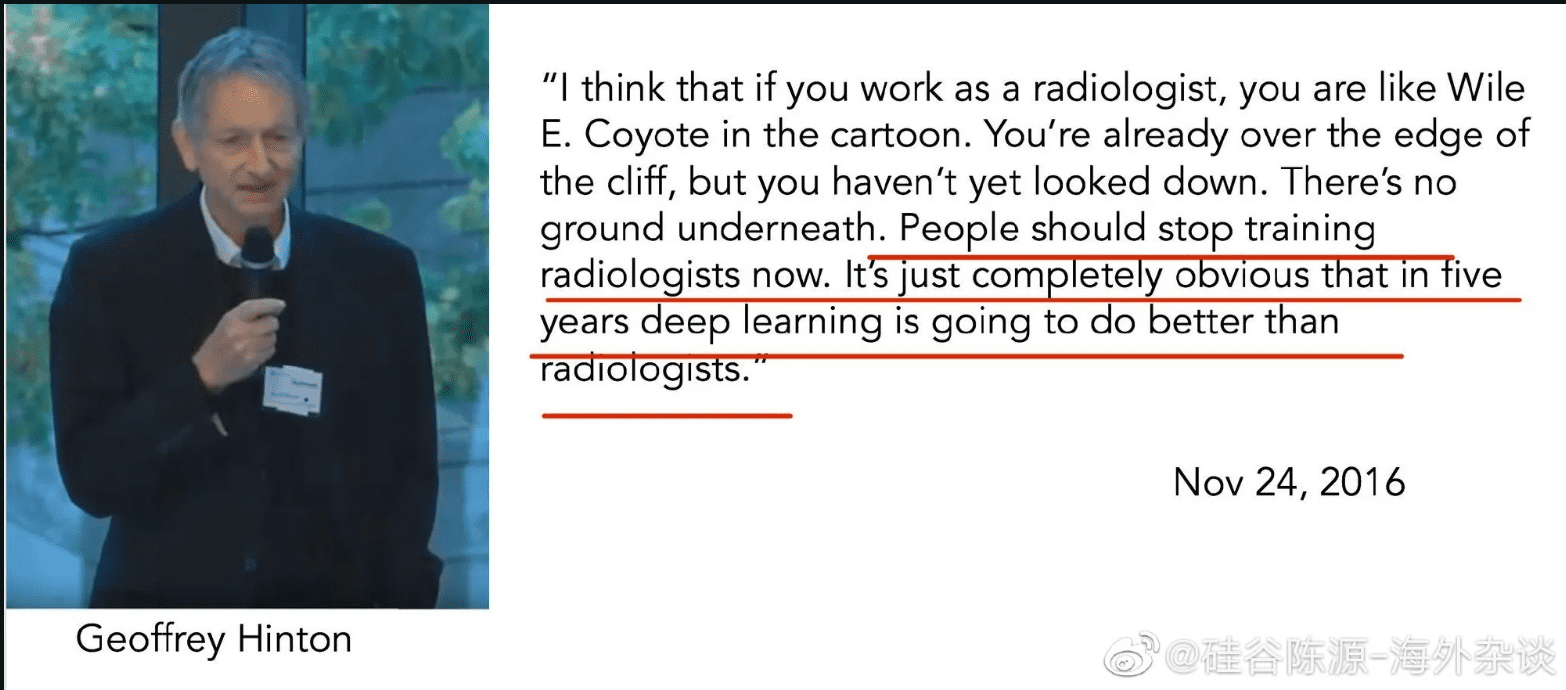
Understanding the Implications of AI in Radiology
In a foreboding statement seven years ago, Professor Geoffrey Hinton, a renowned researcher in AI and deep learning, raised an alarm that the role of radiologists was equivalent to the fictional character Wile E Coyote who, after running off a cliff’s edge, is yet to realize he’s about to fall. This statement alludes to the potential disruption in radiology owing to advancements in artificial intelligence (AI).
Potential Long-Term Implications
The opportunities and threats posed by AI’s integration into radiology have far-reaching implications. However, it is crucial to differentiate between science and science fiction when discussing these issues.
Automation
AI may automate much of the repetitive work radiologists do daily, such as examining images for signs of disease. This will free up their time to focus on complex cases, research, and patient care. This could eventually reshape the roles and responsibilities within the medical field.
Increased Accuracy and Efficiency
AI may also enhance the accuracy, consistency, and efficiency of diagnoses. Machine learning models can be trained on large databases of medical images to accurately identify abnormalities, often surpassing human performance.
Job Displacement
However, it’s important not to overlook the potential job displacement. AI could indeed replace tasks traditionally performed by radiologists, leading to workforce reductions or significant shifts in job roles. But this outcome is dependent on how AI is integrated and regulated within healthcare.
Possible Future Developments
AI’s integration into radiology is an excursion into uncharted territory, with multiple possible pathways:
- Complete automation: AI could potentially assume the lion’s share of radiological tasks, leading to a downsized radiology workforce.
- Adaptive augmentation: Instead of AI replacing radiologists, it becomes their indispensable assistant, enhancing their efficiency and accuracy.
- Hybrid model: AI and human radiologists collaborate, with each focusing on tasks suited to their strengths for optimal patient outcomes.
Actionable Insights
AI’s integration into radiology is near inevitable. Here are some actionable steps for those involved:
- Invest in continuous learning, especially in the areas of AI and machine learning, to stay ahead in your field.
- Advocate for appropriate regulations governing AI integration in healthcare, ensuring patient safety and data privacy.
- Embrace AI-driven workflow changes. They can free up radiologists to focus on challenging diagnostics, research, and patient interactions.
- Create strategies to deal with potential job displacement. Consider retraining, reskilling or broadening your career scope.
While Professor Hinton’s statement might seem unsettling, remember that technology is a tool. How it transforms our future is largely dependent on how we choose to wield it.
